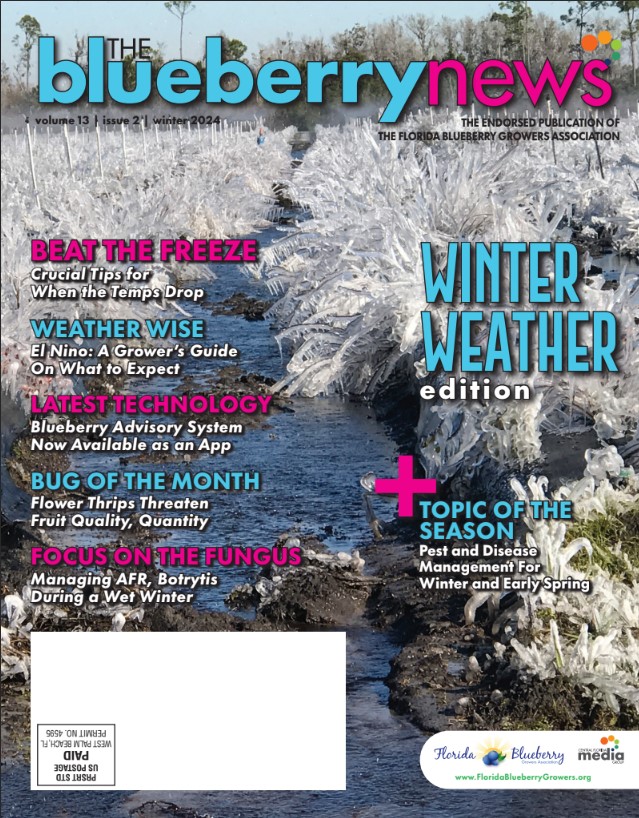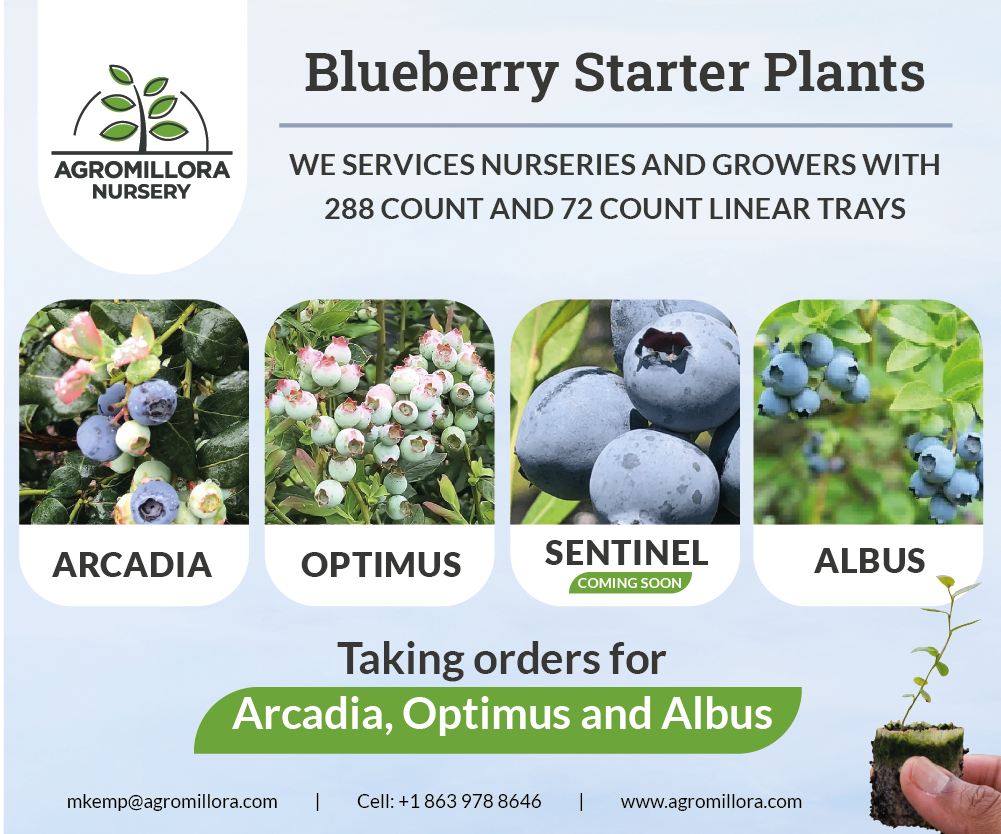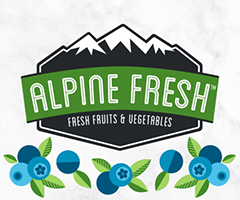Good Pesticide Application Practices Require Following All Parts of the Label
Many have heard the phrase “The Label is the Law,” and while true, labels convey so much more than the law. Every pesticide that is registered with the US Environmental Protection Agency (EPA) must go through rigorous testing, and then painstaking precision is used to write the label that goes on every product. These labels have information about what the product is, safety information, use information, storage, and disposal. Essentially, the label is the instruction manual for the pesticide. Although it may be tempting to simply jump straight to the application rate for your particular crop, this disregards very important information contained on the label. You must read and follow the entire label, not just the application rate for your crop.
Labels are all organized in a similar manner, which makes it easier to follow and understand. The beginning of the label has the information that applies to ALL uses of that product. Information like first aid, proper personal protective equipment (PPE), environmental hazards, and Worker Protection Standard (WPS). This is at the front because it applies to everyone. The directions for use are also organized with the most encompassing, or that which applies to all, up front, and then gets more specific from there. For instance, blueberry growers would need to know all the safety, PPE, WPS information, and all environmental hazards, then are likely to find Agricultural Uses, with verbiage up front that would apply to ALL agricultural uses. Once a label starts listing individual crops it is ok to follow that to your crop for the most specific instructions.
In general, labels will be organized in the following order:
-
What is this product – brand name, active ingredient, total amount of product in the container
-
Is it dangerous – What is the signal word and is it a Restricted Use Product (RUP), meaning only licensed applicators can buy and use (or be under direct supervision of a licensed applicator)
-
Signal words, in increasing risk are – Caution, Warning, Danger, and Danger/Poison
-
First aid
-
PPE and other personal safety information like pre-harvest intervals (PHI), re-entry intervals (REI), etc.
-
Environmental Hazards (including hazards to pollinators in some cases)
-
Directions for use, which can include:
-
Crop and pest information
-
Application rates
-
Equipment requirements
-
Tank mixing instructions
-
Any other relevant information about using the product most effectively
-
Storage and Disposal
In addition to the label attached to the jug (known as a Section 3 federal label) there might be supplemental labels, such as 24c, or special local needs (SLN) labels common among specialty crops. You must follow the instructions of BOTH the federal label and SLN labels to ensure compliance.
For specialty crop growers, there are a few other key points to consider:
-
Ensure your crop is listed on the label or has a supplemental label associated with its use.
-
A particular variety (for example “Arcadia”) does not need to be on the label, so long as the parent crop (highbush blueberry) is but it is possible that non-target damage or efficacy may occur, and is unpredictable.
-
Unless forbidden by the label, mixing of multiple active ingredients or even different products is NOT forbidden.
-
Unless explicitly forbidden by the label, a crop pest does NOT need to be on the label, however efficacy against the pest is not always guaranteed.
-
Many specialty crops can be grown in fields and/or in greenhouses and nurseries; always ensure your type of site or location is on the label. If greenhouse is not listed on the label, you can’t use it in a greenhouse.
-
Many products will limit the total amount of active ingredient allowed to be used per year. Labels that limit by pounds of active ingredient apply to ALL products having that active ingredient.
Pesticide labels are not simply a regulatory checklist, they have useful information for utilizing these products safely and effectively. You must read the label every time you use a product and follow ALL of its instructions. Misuse of a pesticide is not only a serious offense that can elicit fines and even stiffer penalties, but it can harm people, the environment, and may not yield the results you are after. Always read and follow the label to ensure that products are safe and effective over the long term in your production operations.
Florida blueberry growers can find a pesticide label quick reference guide in the UF/IFAS Blueberry Growers Guide app (https://tosto.re/blueberryuf). While this is not a substitute for reading the label, it can be a useful tool for growers considering pesticide products.
For more information about general pesticide safety, certification, and information refer to the Pesticide Information Office (PIO): https://pested.ifas.ufl.edu/
-
Additionally the PIO offers CEU online courses that can be taken anytime at the applicator’s own pace. Every category of pesticide license in Florida has offerings available (several Spanish language offerings as well), simply search for your category in the search bar: https://ifas-pest.catalog.instructure.com/
-
There are also free resources available NOT for CEU credit: https://ifas-piofree.catalog.instructure.com/
-
Our office also has numerous “CEU Sale” events throughout the year posted on our blog: https://blogs.ifas.ufl.edu/pesticideinformation/
CREDITS:
Brett Bultemeier, Extension Assistant Professor, Pesticide Information Office, UF/IFAS,
Phil Harmon, Professor, Plant Pathology, UF/IFAS,
& Doug Phillips, Blueberry Extension Coordinator, UF/IFAS





